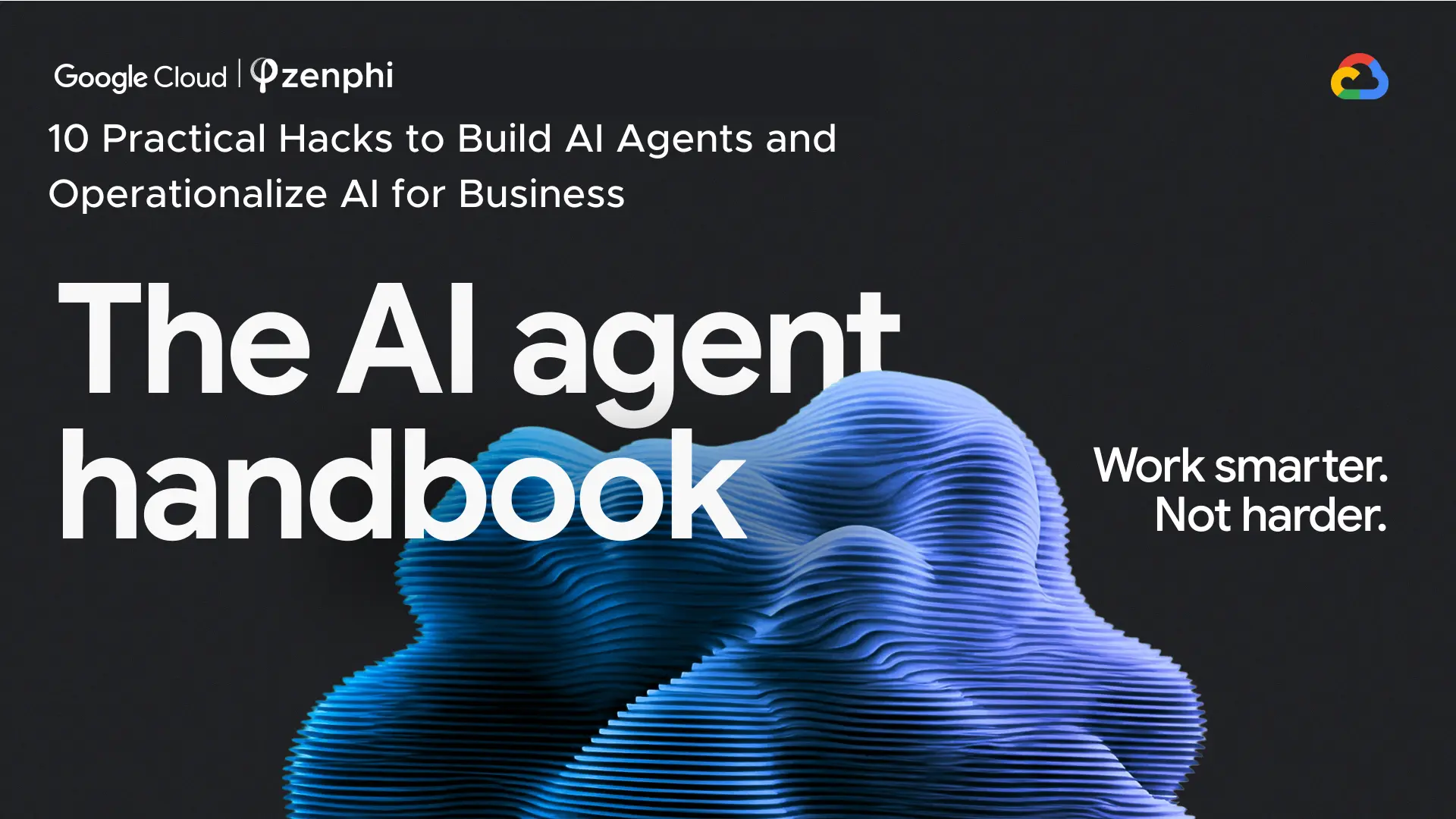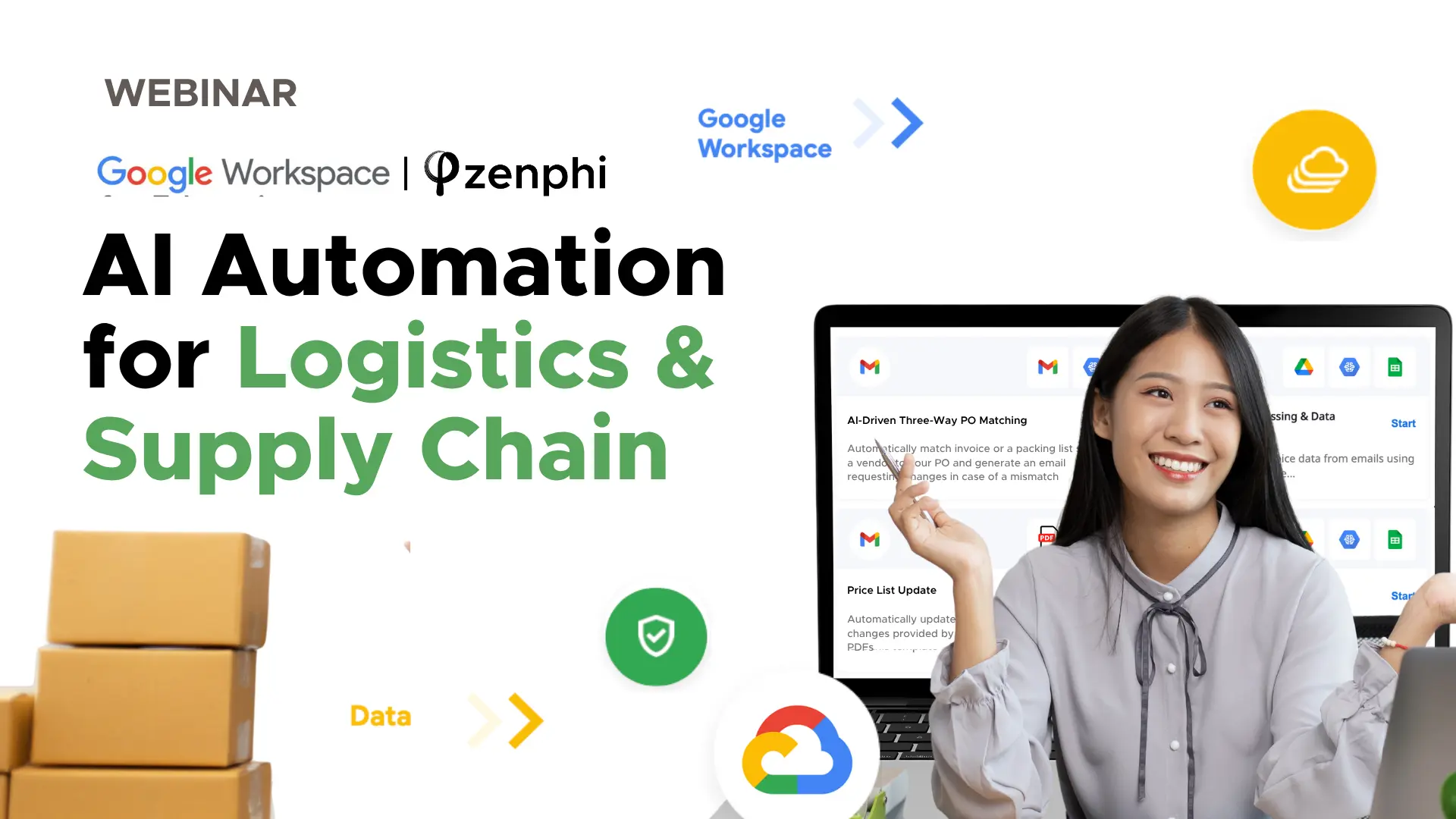As businesses strive to improve their security postures, the Zero Trust model has become one of the most promising approaches to safeguarding critical assets. By removing implicit trust and continuously verifying every user, device, and application, Zero Trust ensures that only authorized entities gain access to sensitive resources. However, implementing Zero Trust—especially in a cloud environment like Google Workspace—is far from straightforward. Organizations face several key challenges, from maintaining visibility and control to automating complex access policies. This article will guide you through the key obstacles you might face and show the ways to tackle them successfully.
Table of Contents
Challenges of Matching Zero Trust and Google: 4 Key Challenges
Google Workspace is an exceptional productivity environment that enhances collaboration and flexibility. However, when it comes to implementing a Zero Trust security model, its cloud-first nature and interconnected services pose unique challenges that can be difficult to manage. Those are the challenges that you’re most likely to face while “matching” Zero Trust and Google:
-
Granular Access Controls Across Multiple Services
Google Workspace comprises many interconnected services, such as Gmail, Google Drive, Docs, Sheets, and Calendar. Applying Zero Trust principles—particularly least privilege access—across these platforms is complex. Each service has its own access settings, and managing them at a granular level requires constant oversight and configuration.
-
Continuous Monitoring and Real-Time Auditing
Zero Trust demands continuous monitoring of all users and devices accessing the network. In a cloud environment like Google Workspace, monitoring access patterns across multiple services and responding to anomalous behavior in real time can be difficult without the right tools and processes in place
-
Integrating Legacy Systems
Many organizations still rely on legacy security tools that were designed for perimeter defense. Integrating these systems with a Zero Trust framework in Google Workspace can be a challenge, especially when these tools are not optimized for modern cloud environments.
-
Managing Collaboration and Sharing in a Cloud-First Environment
Google Workspace’s strength lies in its seamless collaboration features. However, facilitating collaboration while maintaining tight control over sensitive data is a significant challenge. Open access to files and documents can introduce risks if not managed carefully, particularly when sharing with external partners.
One Step at a Time: Implementing Zero Trust Gradually
Jumping straight into a full-scale Zero Trust implementation across an entire organization can be overwhelming and, in many cases, unsuccessful. The complexity of deploying such a model all at once—especially in environments like Google Workspace—often leads to bottlenecks, delays, and missed security objectives.
Many companies experience higher success rates when they break down the task into manageable pieces. Rather than tackling the entire infrastructure at once, organizations that focus on smaller, use case-based implementations tend to see quicker wins and smoother transitions. By identifying key areas—such as access management, device compliance, or data protection—and addressing them one by one, businesses can steadily build up their Zero Trust framework without overwhelming their resources.
This approach allows for testing, learning, and refining processes before moving to the next stage, ultimately ensuring a more seamless and effective Zero Trust deployment. Below, we outline several use cases that can be addressed individually to kickstart your Zero Trust journey in Google Workspace.
Use Cases for Zero Trust in Google Workspace
Automated Conditional Access Policies
Objective
Restrict access to Google Workspace resources based on contextual information like geolocation, device security status, or IP reputation.
Example
Configure automated conditional or on-demand access policies that trigger based on factors such as the user’s location or device health. For instance, if a user logs in from an unusual location or on an unmanaged device, the system can prompt for additional MFA or block access until manual verification is completed.
Tools
Tools: Google Workspace Admin Console, Security Assertion Markup Language (SAML)-based SSO, Context-Aware Access (CAA), Zenphi.
Automated Device Management & Compliance
Objective
Enforce strict device compliance before granting access to sensitive resources.
Example
Use Google Endpoint Management to enforce device-level security checks automatically. If a device does not meet compliance standards (e.g., out-of-date OS or missing encryption), access can be automatically denied. Devices can also be quarantined or flagged for review based on real-time monitoring.
Tools
Google Endpoint Management, Mobile Device Management (MDM), Google Admin SDK, Zenphi for listing and flagging approved devices
Automated User & Group Lifecycle Management
Objective
Ensure only authorized users have access to specific resources.
Example
Use automation tools to provision and deprovision users and groups, and to revoke access to Google Drive for departing employees and vendors. For instance, when an employee leaves the company, an automated workflow deactivates their Google Workspace account and revokes access to sensitive data.
Tools
Google Cloud Identity, third-party IAM solutions (e.g., Okta, OneLogin), Google Apps Script and/or Zenphi as a solid Google Apps Script alternative.
We’ve already helped hundreds of companies to automate IT Operations and Google Workspace Admin tasks. Book a call to learn the best practices from your peers and listen to their honest experience with Zenphi.
Automated Data Loss Prevention (DLP) Policies
Objective
Prevent sensitive data leakage by controlling data sharing.
Example
Implement automated Google DLP policies to detect and prevent the sharing of sensitive information like social security numbers or credit card details. The system can automatically block sharing or notify the security team.
Tools
Google Workspace DLP, Cloud Security Command Center (SCC), Google Drive DLP rules, Zenphi to automate file sharing audits.
Automated Incident Detection & Response
Objective
Continuously monitor suspicious activity and automatically respond to incidents.
Example
Use Security Information and Event Management (SIEM) integrations to automate the real-time monitoring of Google Workspace logs. Anomalous behavior, such as mass downloading of files, can trigger automatic account locking or alert the security team.
Tools
Google Workspace Security Center, Security Operations tools (e.g., Splunk), Google Cloud Logging. Also you can use Zenphi to automate unauthorized access alerts (watch the video below)
Automated Multi-Factor Authentication (MFA) Enforcement
Objective
Strengthen authentication mechanisms to ensure only verified users can access resources.
Example
Enforce MFA for users and require additional authentication steps for logins from unknown devices or locations.
Tools
Google Workspace MFA, Google Identity and Access Management (IAM), Google Apps Scripts or/and Zenphi as a valid Apps Script alternative.
Automated Email Security & Threat Protection
Objective
Automatically block phishing and malware attempts.
Example
Use automated threat detection tools to block phishing emails or suspicious attachments. If a malicious attachment is detected, it can be quarantined, and the user and security team notified.
Tools
Google Workspace Security Sandbox, Google’s Advanced Phishing and Malware Protection, Google Workspace OAuth App Whitelisting. You can also use Zenphi actions for external contacts management: to create, update and delete approved external contacts.
How Zenphi Helps Implement Zero Trust in Google Workspace
As you might have seen above, there are multiple tools you need to use to properly implement the Zero Trust model. You can’t rely solely on the Google Admin Console—it won’t allow you to manage Google Workspace user access controls at the granular level needed for least privilege access.
Similarly, limiting yourself to the Admin Console + Apps Script will be too time-consuming and demand significant manual effort. A smart combination of tools should include an automation partner like Zenphi, which can streamline complex workflows and minimize human error.
These is a short overview of processes you can automate using Zenphi to implement Zero Trust in the most of your IT use cases.
-
Automated User Management
With Zenphi, you can automate user provisioning, deprovisioning, and role changes, ensuring that only authorized users have access to specific resources based on their current roles. Workflows can immediately revoke access when users leave the organization or switch roles, enforcing least privilege access and eliminating delays that could leave sensitive data exposed.
-
Access Review & Compliance Automation
Zenphi simplifies compliance by automating periodic access reviews for Google Workspace apps. Reminders and reports can be automatically generated for managers to review user access rights, ensuring continuous validation. If any non-compliant actions or users are detected, the system can flag them automatically for review, supporting the continuous verification element of Zero Trust.
-
Device Compliance Automation
Zenphi helps enforce device compliance by automating the collection and reporting of device security status. If a device is non-compliant (e.g., lacks encryption or has an outdated OS), Zenphi can trigger alerts, automatically block access, or initiate workflows to remediate the issue.
-
Security Incident Response Automation
When suspicious activity is detected, Zenphi can trigger automated workflows, such as locking accounts or notifying security teams. Zenphi integrates with security tools like Google’s Security Center to provide real-time responses to security events, enabling faster incident detection and remediation.
By combining the power of Google Workspace’s security features with Zenphi’s automation capabilities, you can effectively implement a Zero Trust model that ensures robust security without overwhelming your team.
If you want to learn more how Zenphi can help you enhance your company’s security, contact our automation experts today.







